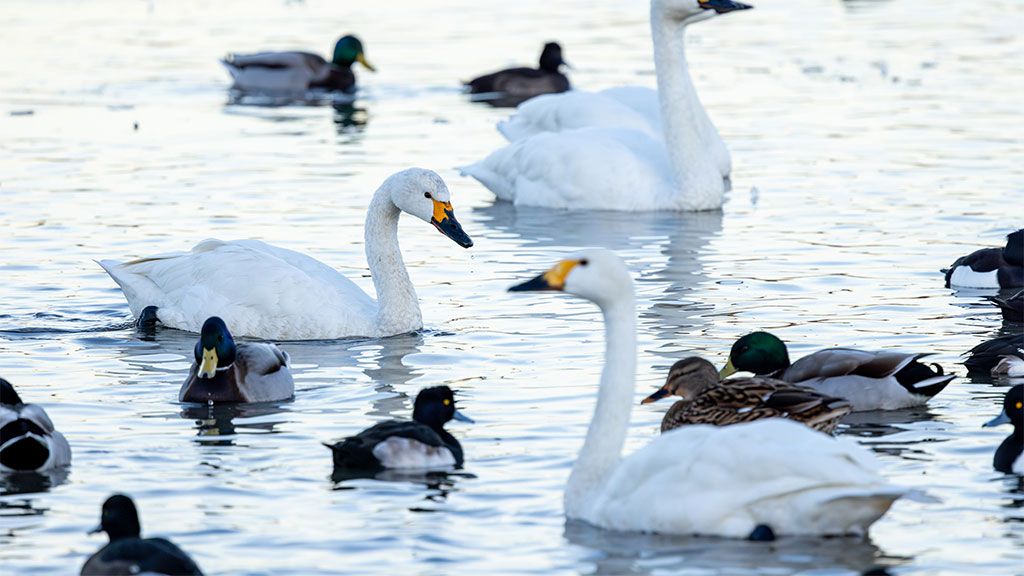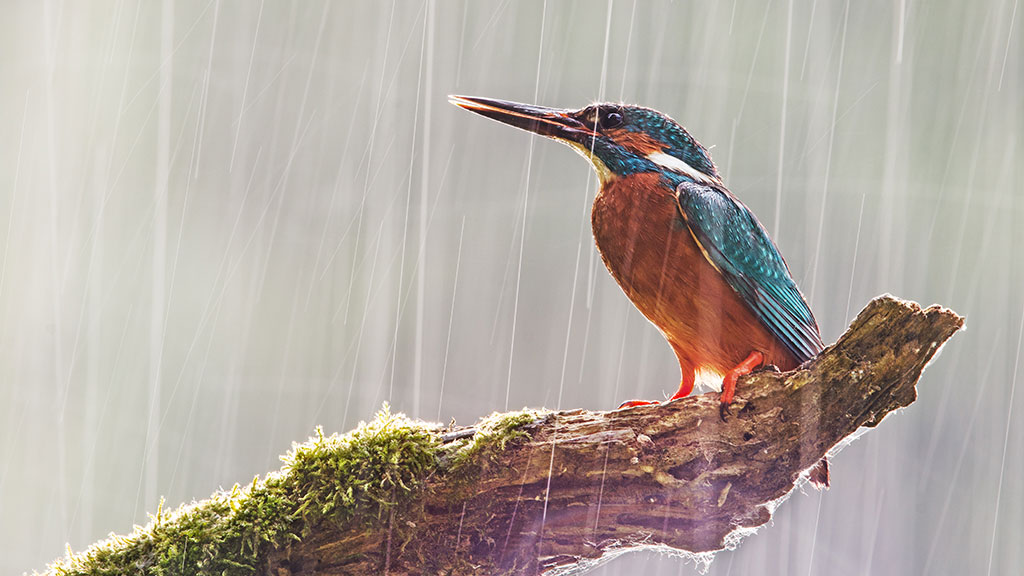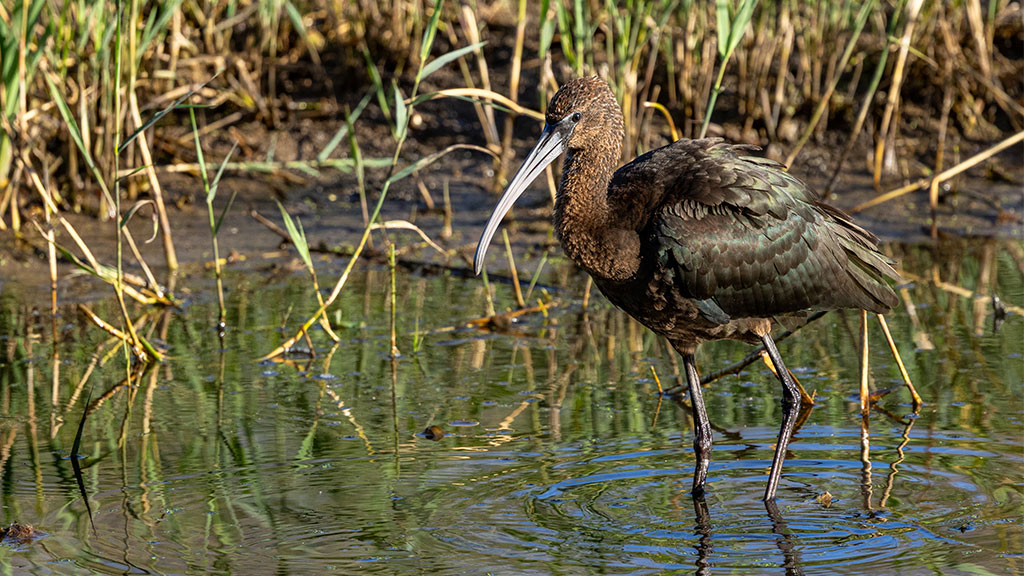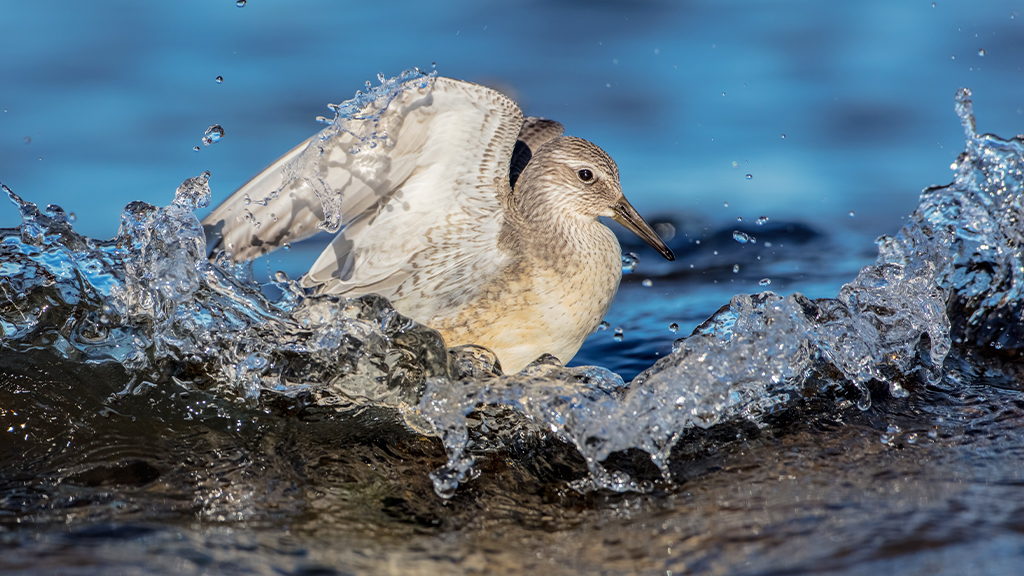In conversation with Sir David Attenborough
We chat to the conservation legend and undisputed national treasure about WWT, what wetlands mean to him and his memories of Sir Peter Scott.
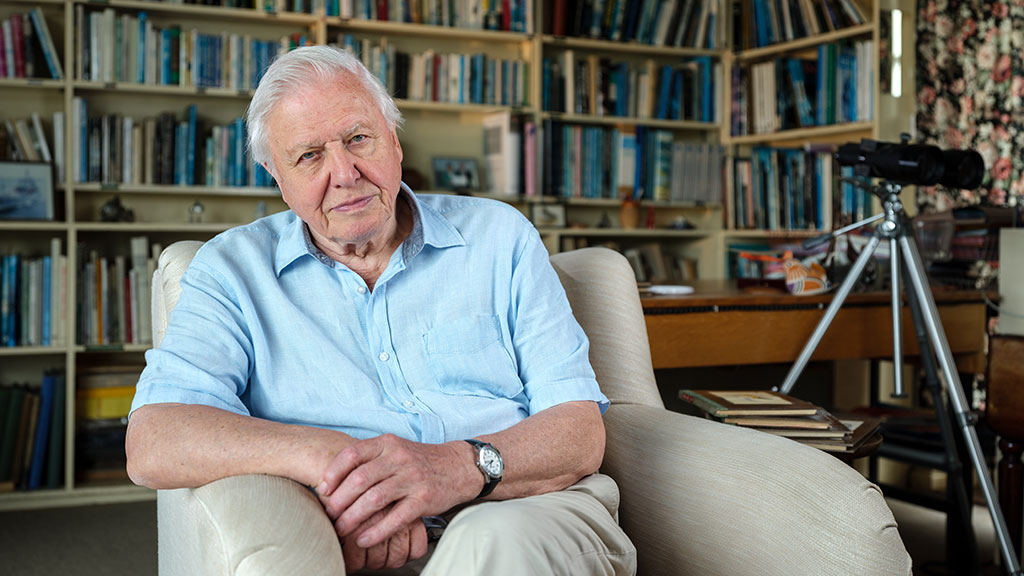
Can you remember the first time you met Sir Peter Scott?
Yes; I first met Peter in about 1955. Before that I had heard him on the radio, of course. Peter was very gentle, courteous and a delight to talk to.
He was also fiercely competitive and everything he did, he did to the very best of his ability. He was an Olympic champion, a gliding champion, an ice skating champion, a yachting champion – and very soon, he had the biggest collection of wildfowl in existence.
Why is it vital that people can experience nature at our centres?
We depend on nature for every mouthful we eat and every lungful of air we breathe, so we should know as much as possible about it. We’re all part of our living planet, so it’s important that people experience nature for themselves. After all, we humans are now so powerful that the decisions we make can affect nature in a serious way.
Why is the simple act of feeding a duck so special for children?
I don’t believe there’s a child born who doesn’t have a deep interest in the natural world at first. As they become older, their attention may be diverted by other interests for a time. But if they lose their fascination and delight in the natural world, they’ve lost a great treasure. Those of us who’ve kept up our connection with nature find it a huge source of inspiration, joy and comfort.
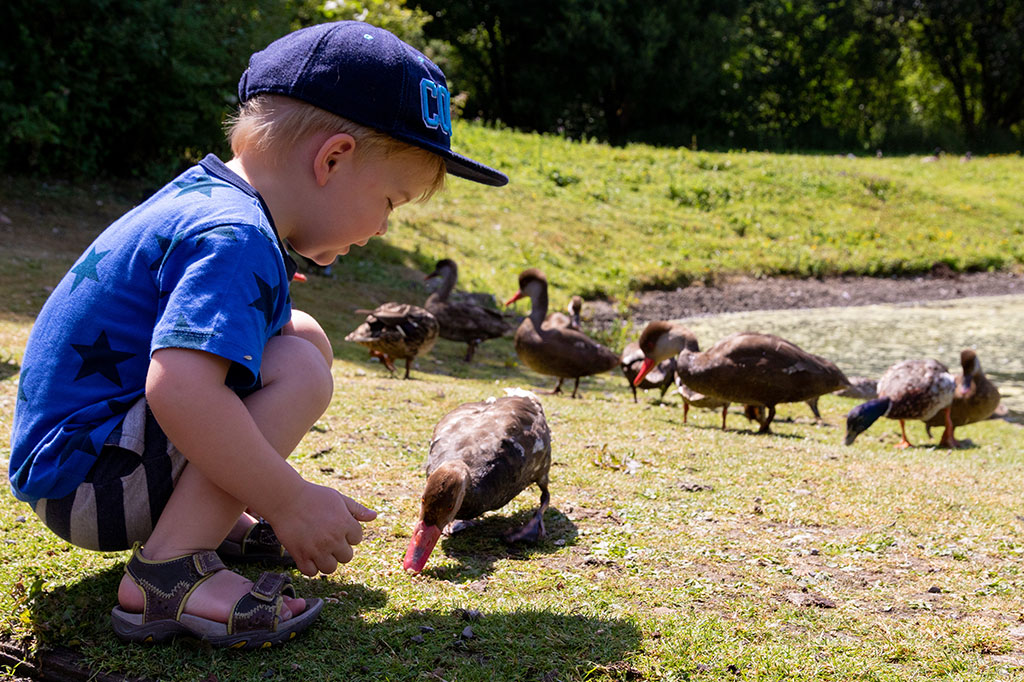
What’s the importance of WWT centres for you?
WWT centres are extraordinary places where children of all ages can connect with the natural world. Most of us live in cities, cut off from nature. But, today, Londoners can see something they could never have seen 50 years ago – a wetland in the middle of this great conurbation. Here, you’ve even got booming bitterns, birds that were incredibly rare when I was a boy.
Why do you think that is?
Well, what’s remarkable about WWT centres is that the skill with which they’re designed is invisible. People see the wonderful little flocks of birds sitting on ponds and imagine that they just happened to land here. But a lot of thought goes into bringing wildlife and people together, without disturbing the animals. What’s amazing is that migratory birds now come here from around the globe. It’s as if they say to themselves: ‘Right, it’s migration time. Why don’t we go to that wonderful WWT place on the Thames?’
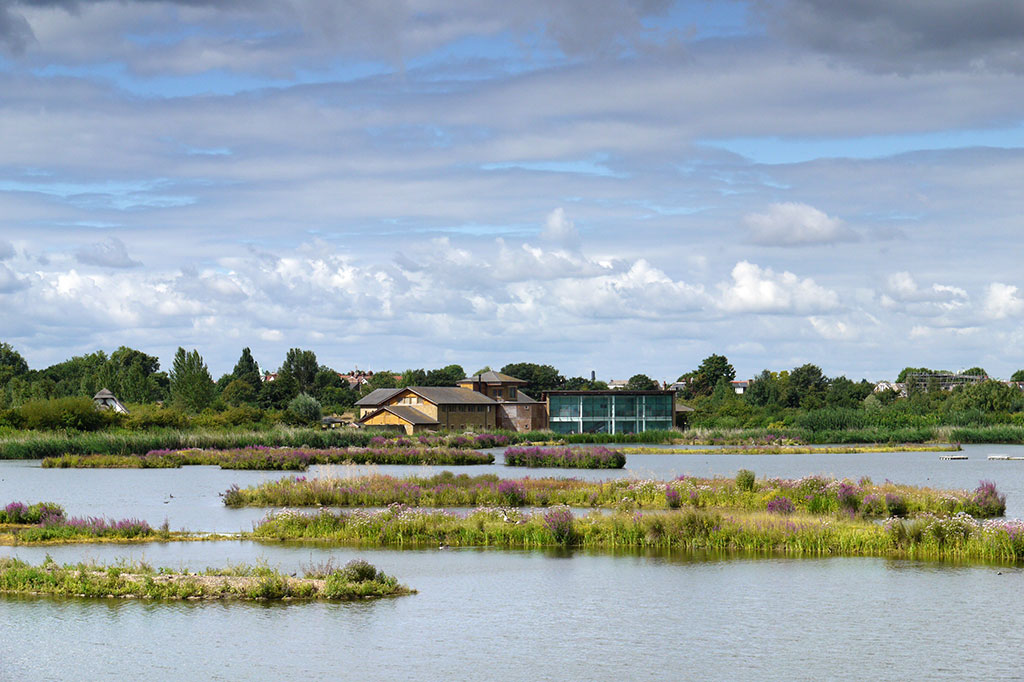
How is Sir Peter Scott best remembered?
Peter invented all kinds of ways to bring people and nature closer. He was a great innovator, artist, designer and naturalist. His WWT centres are a great monument to his memory.
How has conservation changed over the past 80 years?
Today, people are better informed about the natural world than they’ve ever been, thanks to TV, radio and first-hand experiences.
What can members of WWT do to help protect the planet?
Learn about it, be concerned about it and then go out and do something about it. Help in whatever way you can – write letters, raise funds, support green politicians – just do one thing.
Become a member
Fancy unlimited visits to our wetland sites across the UK, while supporting the conservation work of WWT? Sign up for membership from just £4.50 a month.
Find out more